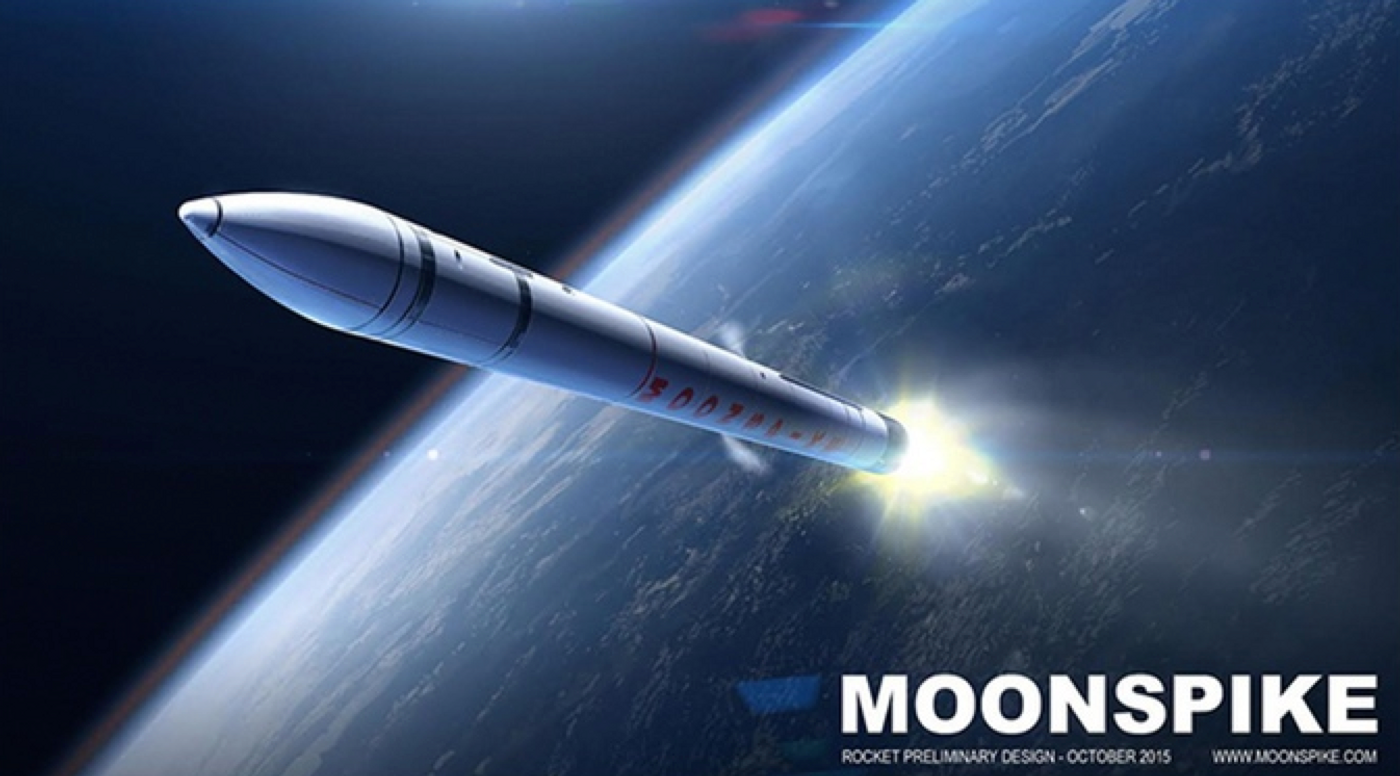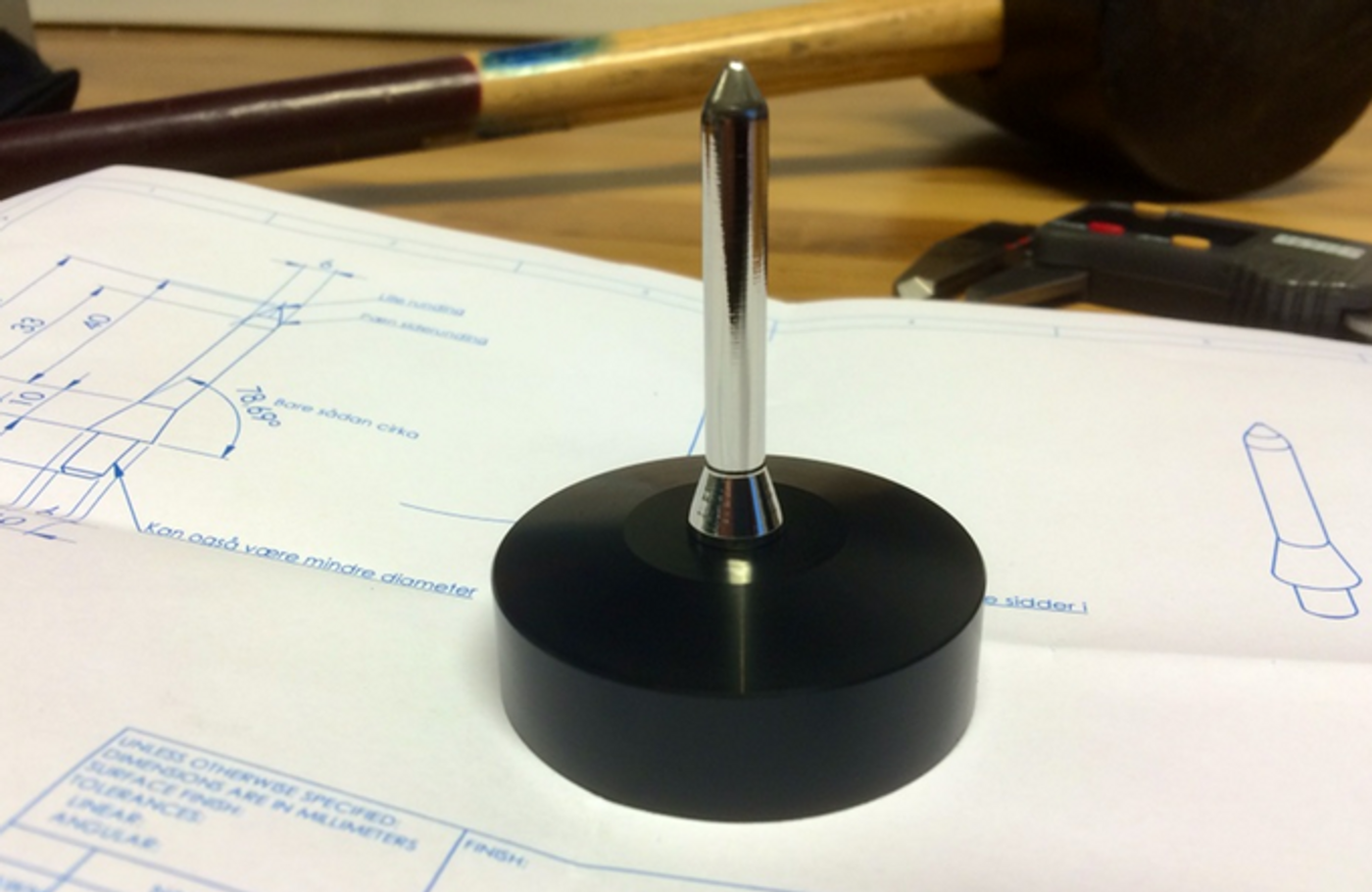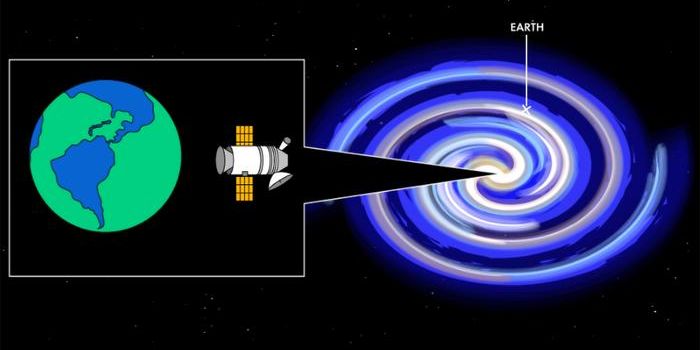Project Moonspike Aims to Crowdfund a Lunar Payload Rocket
Most of the time when you see a rocket going off into space, whether it’s to launch a spacecraft into space, land on another planet, or get into Earth’s orbit, it’s being done by some kind of a government agency such as NASA or the ESA, or a private company like SpaceX.
But a new project being called 'Moonspike' is being initiated by a group of rocket science engineers that aren’t involved with any government agencies or private companies, which are interested in building their own low-cost rocket and launching it into space and then reaching the surface of the Moon with it.

The rocket will have a 1-gram spike-shaped payload on board, as well as an information storage device where supporters can have their photographs, videos, and other special information saved. The goal is to ram the Moon with the payload so that the data will be buried around 5 meters below the Moon’s surface like a time capsule.
The Moonspike project is a crowd-funded project; what this means is that the project is relying on the funds of everyone that wants to back the project to be completed. As a result, the team has opened up a KickStarter campaign that people can use to back the project with however much money that they want to. The goal is to raise $1,000,000 through this crowd-sourcing page, and already over $14,000 has been raised just hours after the page went up. The funding will end November 1st.
Depending on the amount of money that you support the project with, the Moonspike team will allow you a certain amount of megabytes in storage to send your data to the Moon.
So far, the designs for the Moonspike rocket are calling for a 3-stage, liquid-fuel, 77-foot tall rocket that weighs approximately 22 tons. Most of the weight is attributed to the rocket itself, which has all of the fuel and equipment to get the spike into Earth’s orbit. Once there, the 330-pound spike will be delivered to the Moon where it can penetrate the surface.
Here is an image of the spike, which looks like a dart; you can see the titanium tip, which is made for penetration into the Moon's surface. It can survive up to 30,000G, so it should survive the impact just fine:

What’s even cooler is that the moments leading up to the spike reaching the moon would be recorded by instruments on-board, and that information would be sent back to Earth for the world to see. In other words, ‘here’s your evidence that our spike made it.’
You can watch the team's video below:
To read more about the project, you can head over to the team’s KickStarter page, where you will be able to fund the project if you want to, as well as read about the team’s visions.
Source: KickStarter








